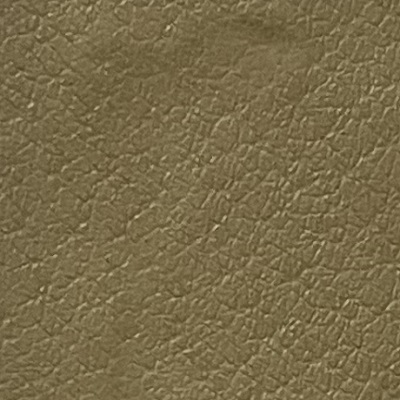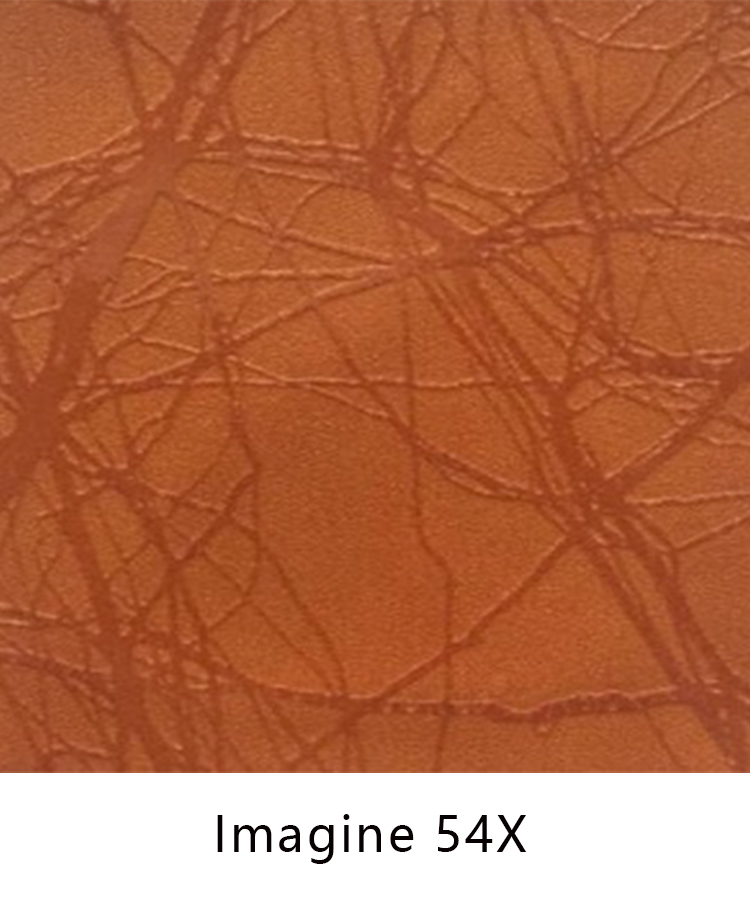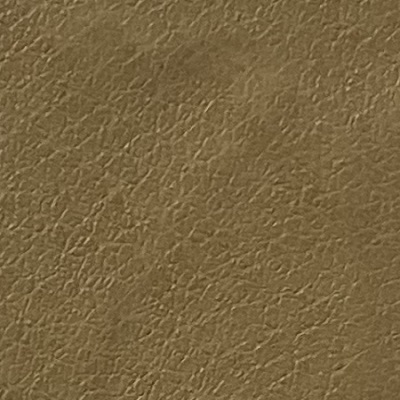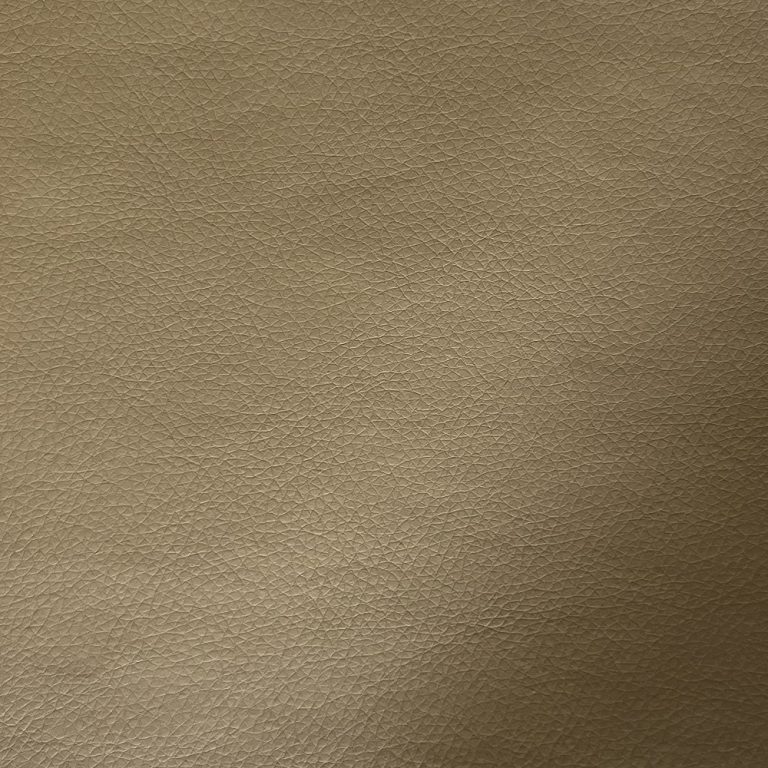فن اختيار الجلود عالية الجودة لصناعة الأحذية
المبلغ
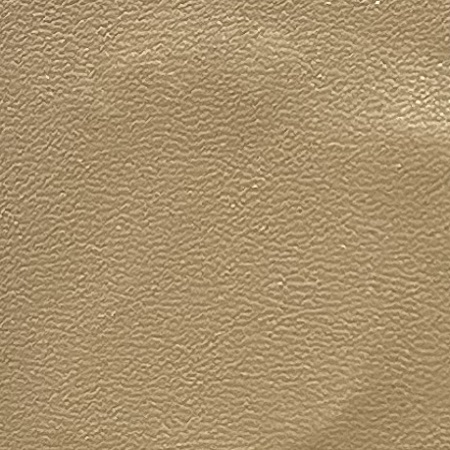
| اسم المقالة | الجزء العلوي من الحذاء |
| 1 | المبلغ |
المنتج
| بو الجلود الحرارية | الجلد عالي الحبيبات، على الرغم من أنه ليس متينًا مثل الجلد المحبب بالكامل، إلا أنه لا يزال خيارًا شائعًا لصناعة الأحذية نظرًا لسطحه الأملس والجودة العالية نسبيًا. عادةً ما يتم صنفرة هذا النوع من الجلد وصقله لإزالة العيوب، مما يؤدي إلى الحصول على مظهر أنيق وموحد. من ناحية أخرى، يعتبر الجلد الطبيعي هو الأقل جودة بين الثلاثة وغالبًا ما يستخدم في الأحذية ذات الإنتاج الضخم نظرًا لقدرته على تحمل التكاليف. في حين أن الجلد الأصلي قد يفتقر إلى المتانة والجمال الطبيعي للجلد المحبب بالكامل أو عالي الحبيبات، إلا أنه لا يزال خيارًا قابلاً للتطبيق لأولئك الذين لديهم ميزانية محدودة.
بالإضافة إلى مراعاة نوع الجلد، من المهم فحص الدباغة. العملية المستخدمة لمعالجة الجلود. الدباغة هي عملية تحويل جلود الحيوانات الخام إلى جلود عن طريق معالجتها بمواد كيميائية ومركبات مختلفة. هناك طريقتان أساسيتان للدباغة: الدباغة النباتية والدباغة بالكروم. دباغة الخضروات هي الطريقة التقليدية المستخدمة منذ قرون، وتتضمن معالجة الجلود باستخدام العفص الطبيعي المشتق من مصادر نباتية مثل اللحاء والأوراق. تؤدي هذه العملية إلى الحصول على جلد قوي ومتين ويكتسب مظهرًا غنيًا بمرور الوقت. من ناحية أخرى، تستخدم دباغة الكروم أملاح الكروم لدباغة الجلود بسرعة وكفاءة. في حين أن الجلد المدبوغ بالكروم أكثر نعومة ومرونة من الجلد المدبوغ نباتيًا، إلا أنه قد يفتقر إلى نفس عمق الشخصية وطول العمر. أخيرًا، يمكن أن تؤثر تقنيات التشطيب المطبقة على الجلد بشكل كبير على جودته ومظهره. يمكن أن تعمل تقنيات التشطيب مثل الصباغة والشمع والتلميع على تحسين لون الجلد وملمسه ولمعانه. ومع ذلك، فإن التشطيب المفرط يمكن أن يخفي الجمال الطبيعي للجلد وينتقص من جودته الشاملة. من الضروري تحقيق التوازن بين تحسين مظهر الجلد والحفاظ على خصائصه المتأصلة. |
| 1 | في الختام، يعد اختيار الجلود عالية الجودة لصناعة الأحذية شكلاً من أشكال الفن الذي يتطلب دراسة متأنية لعوامل مختلفة. بدءًا من نوع الجلد وحتى عملية الدباغة وتقنيات التشطيب، يلعب كل جانب دورًا حاسمًا في تحديد جودة المنتج النهائي وطول عمره. من خلال فهم الأنواع المختلفة من الجلود المتاحة وخصائصها الفريدة، يمكن لصانعي الأحذية إنشاء أحذية ذات جودة استثنائية وحرفية ستصمد أمام اختبار الزمن. |
Top-grain leather, while not as durable as full-grain, is still a popular choice for shoe making due to its smooth surface and relatively high quality. This type of leather is typically sanded and buffed to remove imperfections, resulting in a sleek and uniform appearance. Genuine leather, on the other hand, is the lowest quality of the three and is often used in mass-produced shoes due to its affordability. While genuine leather may lack the durability and natural beauty of full-grain or top-grain leather, it can still be a viable option for those on a budget.
In addition to considering the type of leather, it’s crucial to examine the tanning process used to treat the hides. Tanning is the process of converting raw animal hides into leather by treating them with various chemicals and compounds. There are two primary methods of tanning: vegetable tanning and chrome tanning. Vegetable tanning, the traditional method used for centuries, involves treating the hides with natural tannins derived from plant sources such as bark and leaves. This process results in leather that is firm, durable, and develops a rich patina over time. Chrome tanning, on the other hand, uses chromium salts to tan the hides quickly and efficiently. While chrome-tanned leather is softer and more supple than vegetable-tanned leather, it may lack the same depth of character and longevity.
Finally, the finishing techniques applied to the leather can greatly impact its quality and appearance. Finishing techniques such as dyeing, waxing, and buffing can enhance the leather’s color, texture, and shine. However, excessive finishing can mask the natural beauty of the leather and detract from its overall quality. It’s essential to strike a balance between enhancing the leather’s appearance and preserving its inherent characteristics.

In conclusion, choosing high-quality leather for shoe making is an art form that requires careful consideration of various factors. From the type of leather to the tanning process and finishing techniques, every aspect plays a crucial role in determining the final product’s quality and longevity. By understanding the different types of leather available and their unique characteristics, shoemakers can create footwear of exceptional quality and craftsmanship that will stand the test of time.
